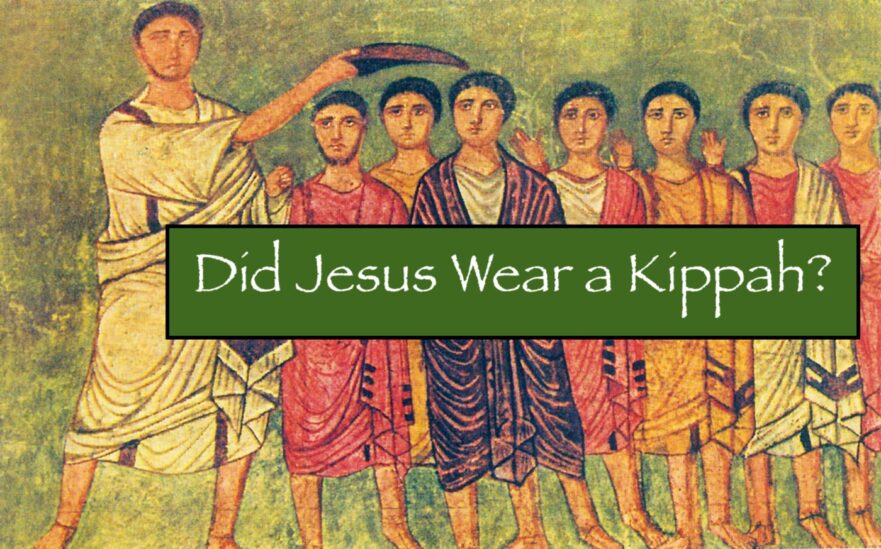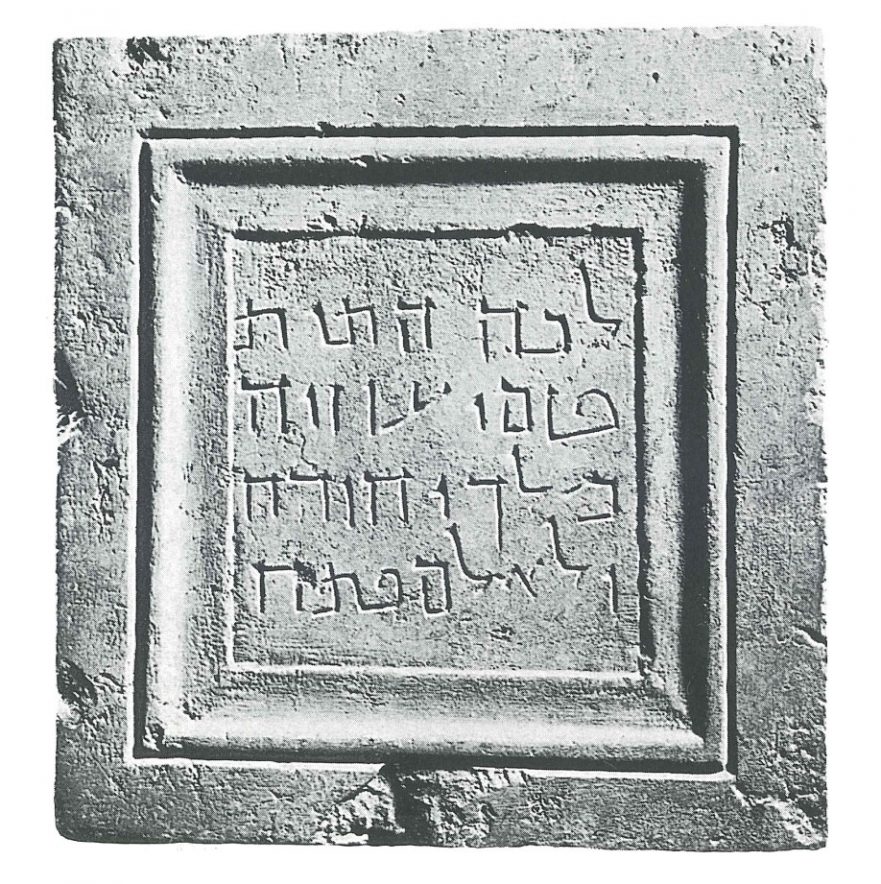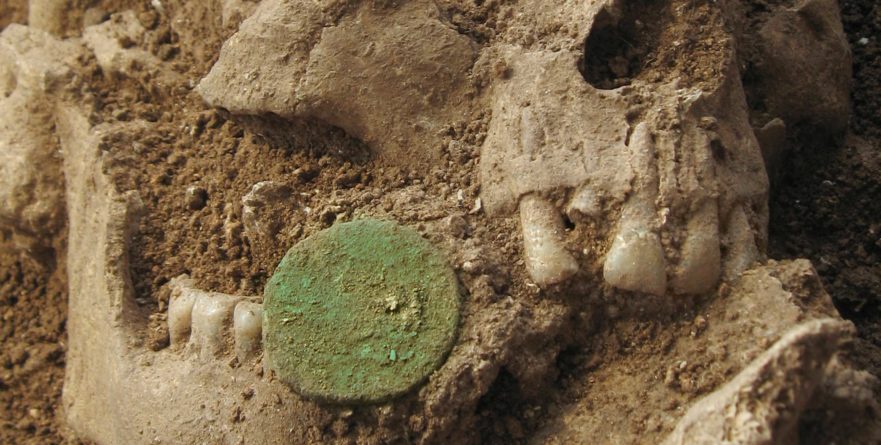Although priests wore a turban-like headdress, other Jews of the Second Temple period did not wear a headcovering.
New Testament Canon
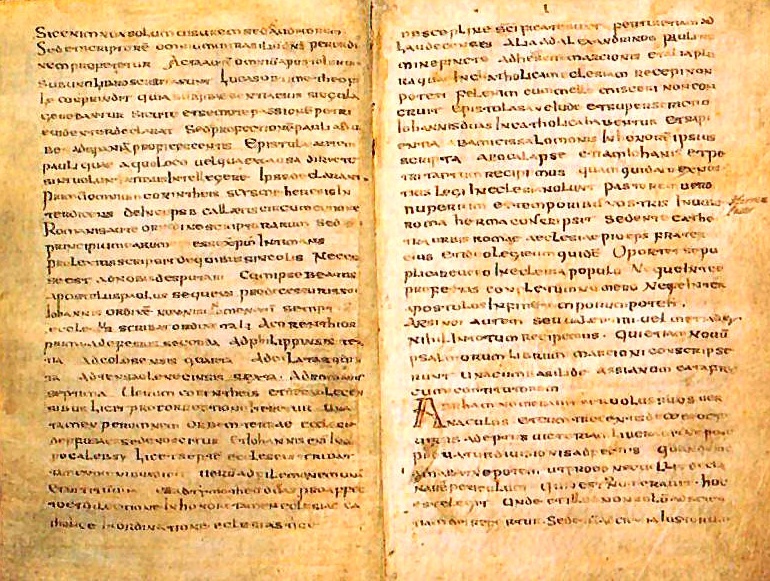
While God had used individual writers to record the books themselves, the actual acceptance of those books as being from God was subject to a long transition, a process of testing.
Hebrew Nuggets, Lesson 29: Grace Compared
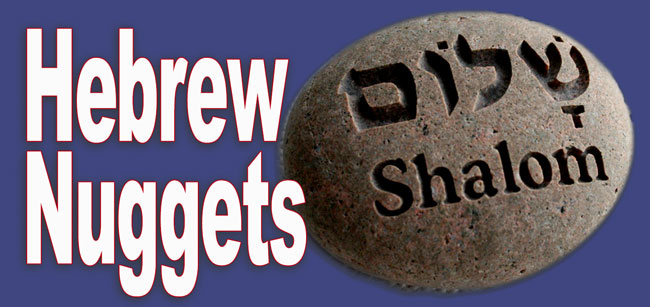
Our previous lesson introduced the Hebrew letters that make up (ḤE·sed), and we looked at other words these letters allowed us to read. In this lesson we take a closer look at the work ḤE·sed itself, and compare its use in Jewish and Christian Bibles.
Inspiration, History and Bible Translation

To believe in the Christian Bible is also to believe in God’s working through the church, and to believe in the church is also to believe in its constitutional documents, the Hebrew Bible and the New Testament.
Reconstructing the Words of Jesus
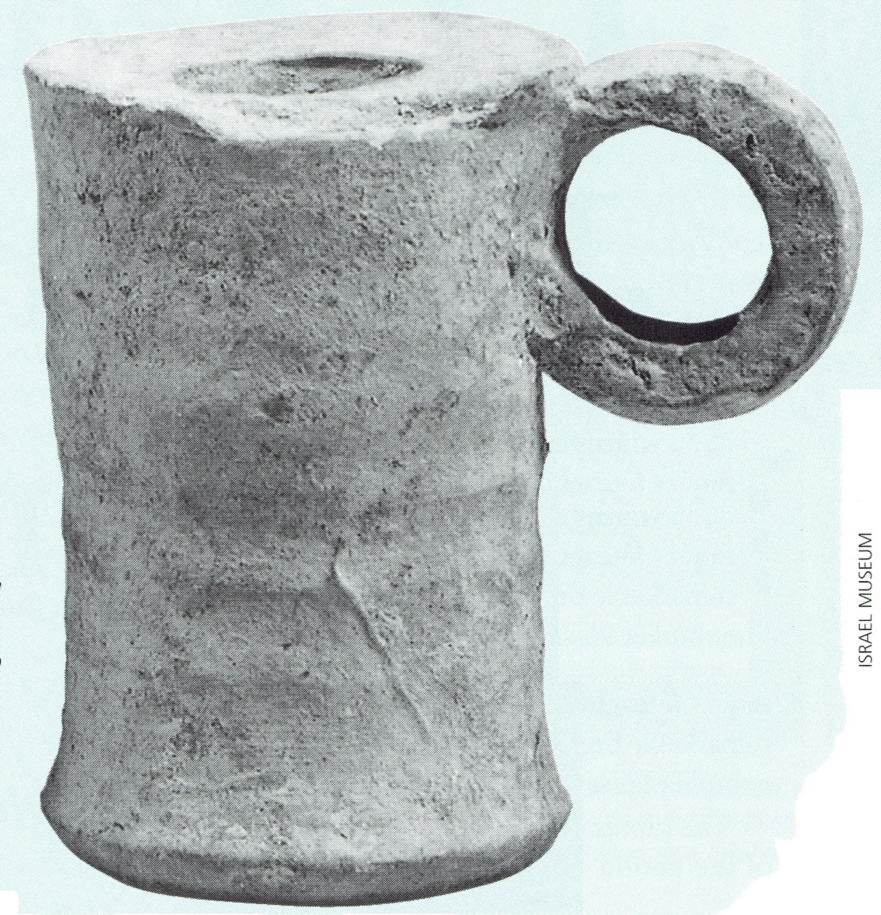
If we keep in mind that Jesus and his disciples and hearers were not speaking Greek but rather Hebrew or Aramaic, or both, then we can see that we will only arrive at Jesus’ original words by translating the Greek texts of speeches in the synoptic Gospels back into their Semitic original.
Scirbal Scribal Errors
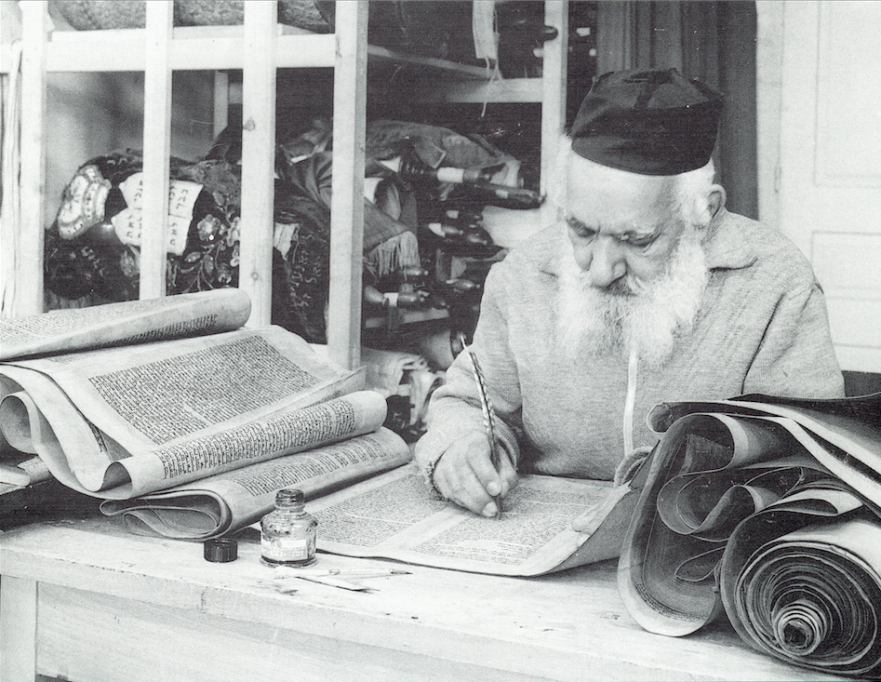
There are about 1,500 scribal errors in the Hebrew Scriptures. The letters vav and yod, for instance, were often confused by ancient copyists of the Bible. The two letters are so similar that they are easily confused. In fact, writing by mistake a vav instead of a yod, or vice versa, is the most common scribal error.
A Measure of Humility
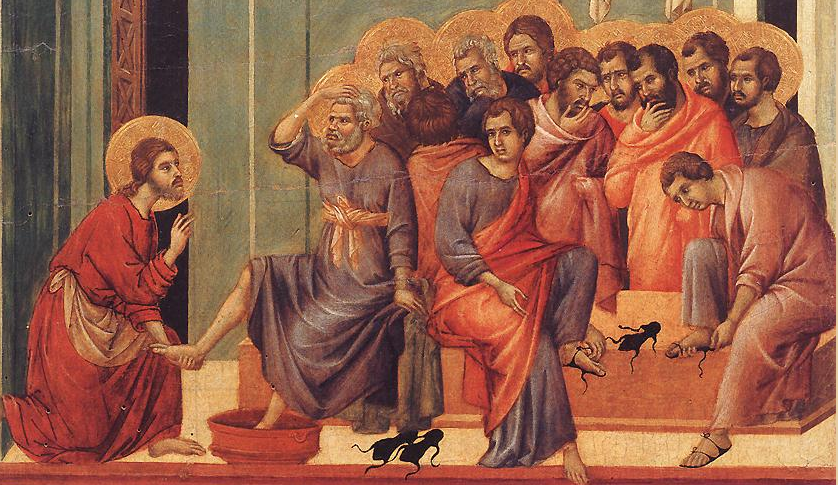
There are many parallels between the teaching of Jesus and that of Jewish sages mentioned in rabbinic sources. An understanding of rabbinic sayings can provide added insight into what Jesus taught.
No Room in the Inn?
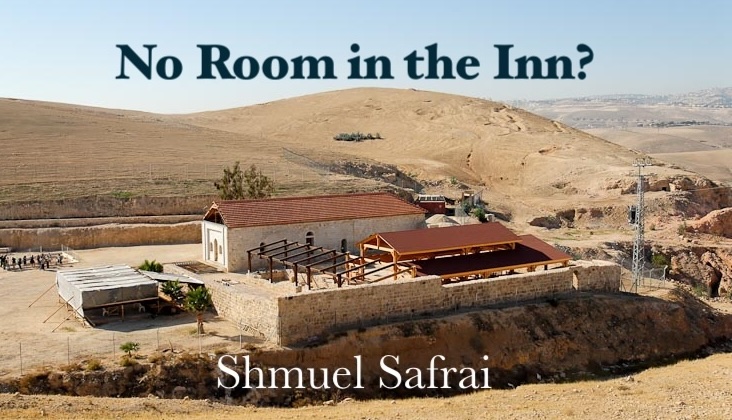
What was an inn like at the time of Jesus’ birth? Did it provide separate rooms, or was it like a dormitory with one big room?
Counting the Omer: On What Day of the Week Did Jesus Celebrate Shavuot (Pentecost)?
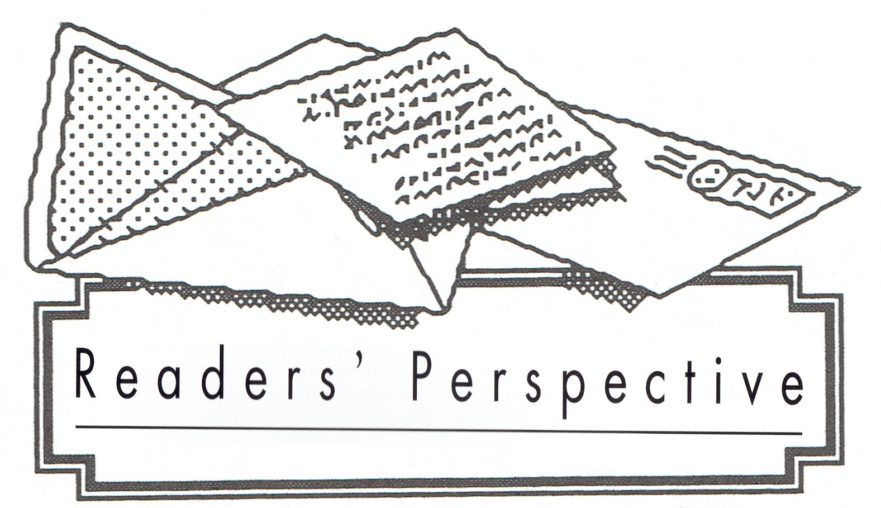
The date of Shavuot was the focus of one of the fiercest of many debates between the Pharisees and Sadducees.
“He Shall Be Called a Nazarene”

One of the titles given to Jesus was “Nazarene.” Where did the title come from, and did it have any special significance? Ray Pritz traces the title’s origins.
The Fallacy of Sacred Name Bibles
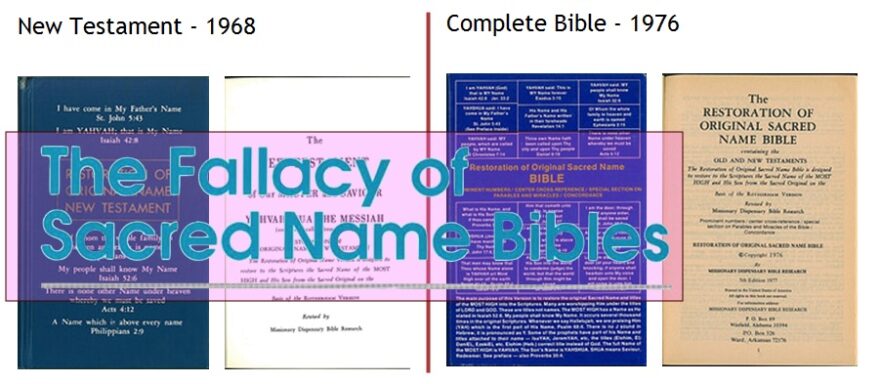
Some Christian teachers argue that it is wrong to translate God’s personal name as “LORD,” and that English Bible translators should use “Yahweh” instead.
“Jehovah”: A Christian Misunderstanding

In any attempt to understand the Bible, there is no substitute for a knowledge of ancient Jewish custom and practice. For example, the term “Jehovah,” which is found in many Christian translations of the Bible, originated due to Christian lack of awareness of Jewish custom.
Hebrew Nuggets, Lesson 28: Reading with Grace

In the twenty-seven lessons of the “Hebrew Nuggets” series, we have introduced fourteen Hebrew letters with the help of nine words. We will learn the remaining eight letters of the Hebrew alphabet by means of six more words. We begin the study of the word (ḤE·sed).
The Parable of the Rich Man and Lazarus: Did the Rich Man End Up in Hell or Gehenna? (Luke 16:22)
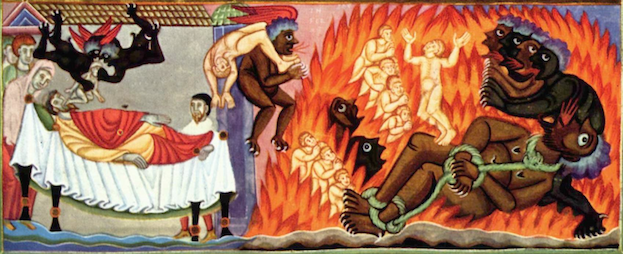
Mechanically reconstructing to Hebrew Greek texts found in Matthew, Mark and Luke on the basis of Septuagintal equivalents can widely miss the mark.
The Shema in Early Jewish Teaching

“Hear, O Israel: The Lord our God, the Lord is one” (Deut. 6:4), known as the Shema, is a foundational teaching of both Judaism and Jesus.
Article Series: Character Profiles
Sketches of important personalities in history, religion and New Testament studies.

